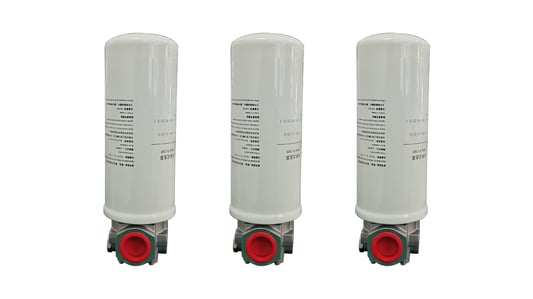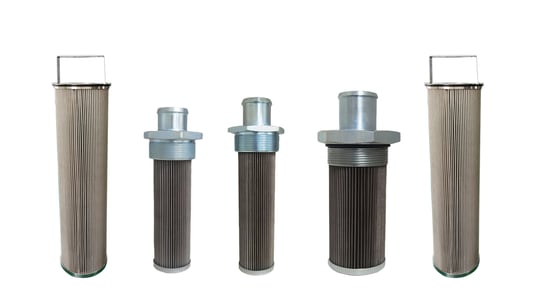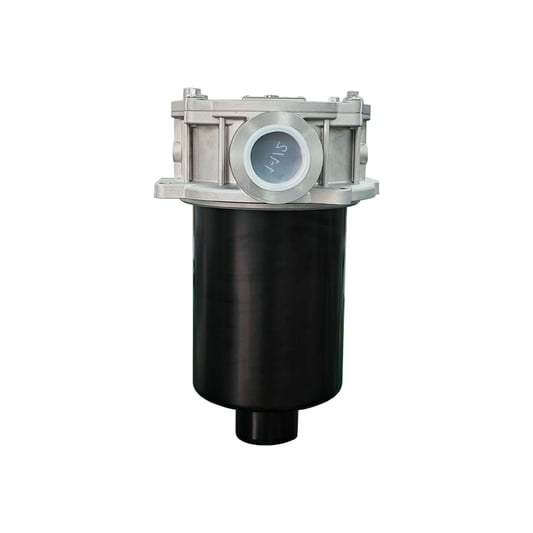Understanding the Importance of Air filters replacement for AF1005 Air filters play a crucial role in maintaining the efficiency and longevity of devices that use the AF1005 model. Regular air filters replacement for AF1005 ensures that contaminants such as dust, pollen, and other airborne particles do not hinder airflow or damage internal components. Neglecting timely replacement can lead to reduced device performance, higher energy consumption, and potential mechanical failures. Signs It’s Time for Air Filters Replacement for AF1005 Recognizing when to perform air filters replacement for AF1005 is essential for optimal device operation. Common indicators include noticeable reduction in airflow, increased noise during operation, visible dirt accumulation on the filter surface, and elevated energy bills. Monitoring these signs allows users to schedule replacements proactively, preventing costly repairs and maintaining indoor air quality. Step-by-Step Process of Air Filters Replacement for AF1005 Performing air filters replacement for AF1005 requires careful attention to detail to avoid damage. The process begins by powering down the device, locating the filter compartment, and removing the old filter. Next, users should install the new AF1005 air filter securely, ensuring it fits properly without gaps. Finally, close the compartment, restart the device, and confirm proper operation post-replacement. Benefits of Using Genuine Air Filters Replacement for AF1005 Utilizing genuine air filters replacement for AF1005 guarantees compatibility and performance standards set by the manufacturer. Authentic filters provide better filtration efficiency, longer service life, and uphold warranty conditions. Counterfeit or generic substitutes may compromise airflow, reduce filtration quality, and potentially void warranties, making genuine replacements a prudent investment. Environmental Impact of Regular Air Filters Replacement for AF1005 Regular air filters replacement for AF1005 contributes to environmental sustainability by enhancing device efficiency and reducing energy usage. Clean filters allow HVAC and appliance systems to operate with less strain, thus lowering electricity consumption and minimizing carbon emissions. Proper disposal and recycling of old air filters further support eco-friendly practices in routine maintenance. Cost Implications of Timely Air Filters Replacement for AF1005 While air filters replacement for AF1005 involves upfront expenses, it offsets greater costs associated with inefficient operation, breakdowns, or excessive energy use. Timely replacement extends device lifespan, reduces repair bills, and maximizes energy savings over time. Investing in regular maintenance safeguards both budget and performance in the long term. Choosing the Right Air Filters Replacement for AF1005 Selecting the correct air filters replacement for AF1005 is essential to ensure optimal compatibility. Factors to consider include filter dimensions, filtration rating (such as MERV or HEPA ratings), and intended application environment. Consulting manufacturer specifications or authorized suppliers helps guarantee the air filter meets performance requirements and fits securely. Maintenance Tips Following Air Filters Replacement for AF1005 Maintaining proper care after air filters replacement for AF1005 enhances system reliability. Routine inspections to check for dust accumulation, leaks, or damage are recommended. Keeping the surrounding area clean and ensuring no obstructions to airflow prevents premature filter clogging, thus extending service intervals and maintaining overall system health. Common Mistakes to Avoid During Air Filters Replacement for AF1005 Avoiding errors during air filters replacement for AF1005 prevents potential device malfunctions. Common mistakes include installing the filter backwards, using filters with incorrect specifications, or neglecting to power down equipment before replacement. Attention to orientation, filter type, and safety protocols ensures a smooth replacement process and optimal device performance. Where to Purchase Reliable Air Filters Replacement for AF1005 Acquiring trustworthy air filters replacement for AF1005 is facilitated by sourcing from authorized dealers, reputable online retailers, or directly through manufacturer channels. Verified providers offer authentic products, support services, and warranty assurances. Customers should review product reviews and certifications to confirm quality before purchasing replacements. Quote Inquirycontact us
19. November, 2025










